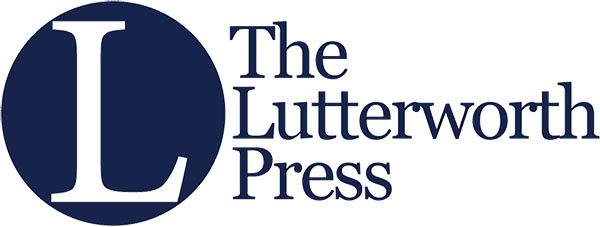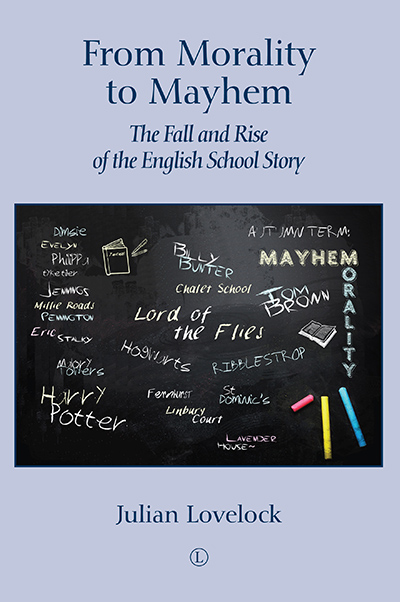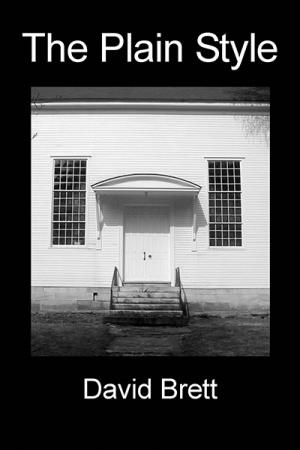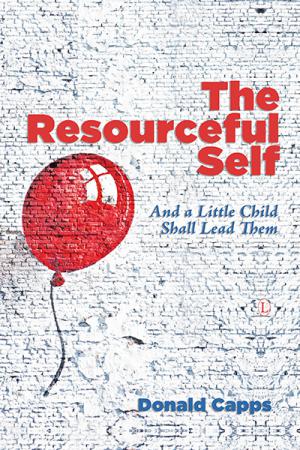Description
The stories we read as children are the ones that stay with us the longest, and from the nineteenth century until the 1950s stories about schools held a particular fascination. Many will remember the goings-on at such earnest establishments as Tom Brown’s Rugby, St Dominic’s, Greyfriars, the Chalet School, Malory Towers and Linbury Court. In the second part of the twentieth century, with more liberal social attitudes and the advent of secondary education for all, these moral tales lost their appeal and the school story very nearly died out. More recently, however, a new generation of compromised schoolboy and schoolgirl heroes – Pennington, Tyke Tiler, Harry Potter and Millie Roads – have given it a new and challenging relevance.
Focusing mainly on novels written for young people, From Morality to Mayhem charts the fall and rise of the school story, from the grim accounts of Victorian times to the magic and mayhem of our own age. In doing so it considers how fictional schools not only reflect but sometimes influence real life. This captivating study will appeal to those interested in children’s literature and education, both students and the general reader, taking us on a not altogether comfortable trip down memory lane.
About the Author
Julian Lovelock has spent almost all his life in education – as schoolboy, student, teacher and, for twenty-five years, headmaster. More recently, he lectured in English Literature at the University of Buckingham, where he became Dean of Arts and Languages and Pro Vice-Chancellor. His Swallows, Amazons and Coots: A Reading of Arthur Ransome, published by Lutterworth in 2016, has been widely praised.
Contents
Acknowledgements
Referencing
Introduction
Part I: Victorian School Days
Introductory: Education, Evangelism and Empire
1. The Doctor’s Story
Thomas Hughes – Tom Brown’s School Days (1857)
2. The Moral Story
F.W. Farrar – Eric, or, Little by Little (1858)
3. The Popular Story
Talbot Baines Reed – The Fifth Form at St Dominic’s (1887)
4. The Imperial Story
Rudyard Kipling – Stalky & Co. (1899)
Part II: A Sense of Endings
Introductory: Decline and Fall
5. The Popular School Story
Frank Richards – ‘The Making of Harry Wharton’ (1908) and Billy Bunter at Greyfriars School (1947)
6. The Schoolboy’s Story
Alec Waugh – The Loom of Youth (1917)
7. The Preparatory School Story
Anthony Buckeridge – Jennings Goes to School (1950) and Jennings at Large (1977); William Mayne – A Swarm in May (1955)
8. The Anti-School Story
William Golding – Lord of the Flies (1954); Giles Cooper – Unman, Wittering and Zigo (1958)
Part III: Girls’ Schools and their Stories
Introductory: Morals, Manners and Mediocrity
9. The Girls’ School Story
L.T. Meade – A World of Girls (1886); Angela Brazil – The Fortunes of Philippa (1906) and A Patriotic Schoolgirl (1918)
10. The Anti-Soppist Story
Dorita Fairlie Bruce – Dimsie Moves Up (1921); Josephine Elder – Evelyn Finds Herself (1929)
11. The Sunny Story
Enid Blyton – The Naughtiest Girl in the School (1940), The Twins at St Clare’s (1941) and First Term at Malory Towers (1946)
12. The Twins’ Story
Antonia Forest – Autumn Term (1948)
Part IV: The School Story Revived
Introductory: Magic and Mayhem
13. The Secondary School Story
Geoffrey Trease – No Boats on Bannermere (1949); Anthony Buckeridge – Rex Milligan’s Busy Term (1953); K.M. Peyton – Pennington’s Seventeenth Summer (1970)
14. The Combined School Story
Gene Kemp – The Turbulent Term of Tyke Tiler (1977), Gowie Plays Chicken (1979) and five other novels
15. The Magic Story
Jill Murphy – The Worst Witch (1974); J.K. Rowling – Harry Potter and the Philosopher’s Stone (1997)
16. The Subversive School Story
Andy Mulligan – Ribblestrop (2009)
Afterword
Bibliography
Index
Endorsements and Reviews
Julian Lovelock explores the oeuvre of archetypal school stories – exquisitions on bravery, honour, loyalty and friendship played out against the mise-en-scène of housematches, cross-country runs, midnight feasts, platitudinous assemblies, and school trips – often with alarming consequences. Halcyon days for some, emotionally crippling for others – Lovelock’s book is a good place to start if you want to understand the British obsession with public schools and class.
Dr Anthony Wallersteiner, Headmaster of Stowe
Julian Lovelock’s fine new study of the English school story fills a distinct gap in the critical history of children’s literature. Lovelock’s range impresses as much as his critical precision: this detailed survey covers about a century and a half of the stories many Anglophone readers will have grown up with, but which have not always received the scholarly or imaginative interpretation they deserve. It’s great to see recent authors like Andy Mulligan included in the roll call, along with more usual suspects from Thomas Hughes to Angela Brazil. Julian Lovelock tackles this neglected canon with aplomb, acumen, and evident enjoyment.
Dr John Drew, Professor of English Literature, University of Buckingham
Lovelock’s coverage is near-comprehensive … Readers of From Morality to Mayhem will enjoy rediscovering, in Lovelock’s humanely critical company, the books they read in their youth.
David Warnes, in Conference and Common Room, Vol 56, No 1, Spring 2019






